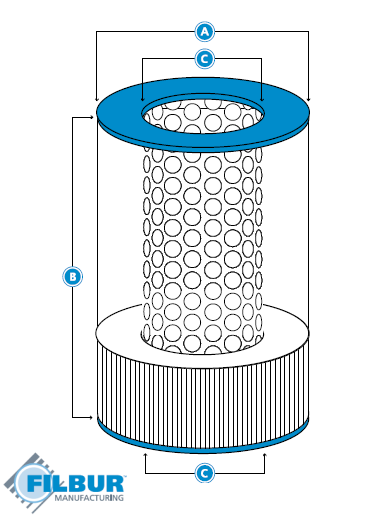Spa heater element issues.
What is a heater element? Spa heater elements are comprised of a filament encased in and insulating powder covered by protective skin. The filament of the element is usually a Tungsten coil which functions similarly to a light bulb. Instead of lighting up when current is applied the element resists & heats up. This heats up the coating which is typically Magnesium oxide. The protective skin which can be incoloy, teflon or titanium allows the element to be immersed in water.
GFCI Tripping -
If there are no other components at fault a spa heater element can cause the
GFCI to trip.
The
GFCI will trip as a result of the heater element short circuiting.
Typically this happens when water infiltrates the heater elements protective outer coating and comes in contact with the heating coil.
Corrosion is the usual suspect - many years use or chemical damage will cause corrosion. Even a tiny sized hole in the element will lead to a short circuit. Also look for corrosion on the braze, or cracks in the epoxy seal around the terminals.
When any of these types of corrosion happen, even a pin hole - the element has failed and cannot be repaired it must be replaced.
Low Heat
This problem is not usually associated with the heater element but more often a result of water flow issues. Specifically blockages such as dirty filters, partially closed valves etc...
But... excessive scale/mineral build up on the element is on uncommon and can result in reduced heating. The fix is easy, use
chemical treatments to reduce scale build up.
No Heat
No heat or water is only heating to 60°- 80°?
If you are getting a low reading this is because the water is only being heated by the friction caused by running through the plumbing system and pump.
Assuming there has not been a dry fire (visual signs of burn/overheat marks/ damage to the heater tube) and your temperature sensor and hi limit are in working order.
= A bad element.
Like a light bulb,
spa heater elements will burn out over time & there are many factors which affect their longevity.
It is possible for a home owner to test an element with an
ohm meter, although we advise calling a spa professional for a full diagnostic assessment.
This test is done assuming that all spa heater/electrical connections & sensors are in good working order. It is best to remove the element from the heater tube.
If your element is welded to the heater tube your element is not replaceable and are required to replace the
complete heater.
Always disconnect the spa from its main electrical supply before attempting test electrical components. Drain the spa or close the gate valves either side of the heater, to ensure no water is left in the heater tube. Remove heater PVC water lines, remove the main power/heater leads from the element terminals, it is easiest to undo the nuts and remove the heater from the tube.
If you have an
Ohm meter set it to the lowest setting. Elements working properly will give the following resistance readings (Below) or with in 1 (+/-).
4KW =14Ω
5.5KW = 12Ω
6KW = 9Ω
Spa Parts Shop offers many elements with Titanium coating. Titanium coated elements withstand chemicals (including Salt Chlorinating Systems) better than traditional element coatings. Additionally Titanium coated elements do not contain Iron like most lower end elements & they (Titanium coated heater elements) are also resistant to scale build up.
This information is only intended to inform, not as a how to guide. Please use common sense or enlist the services of a trained spa electrician.




